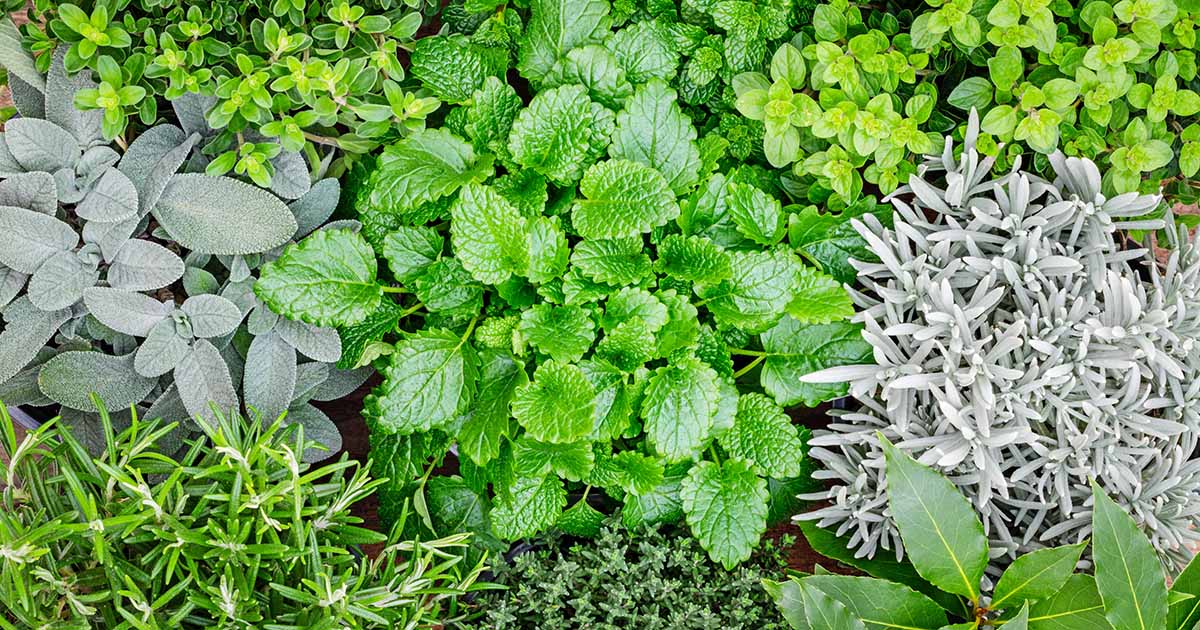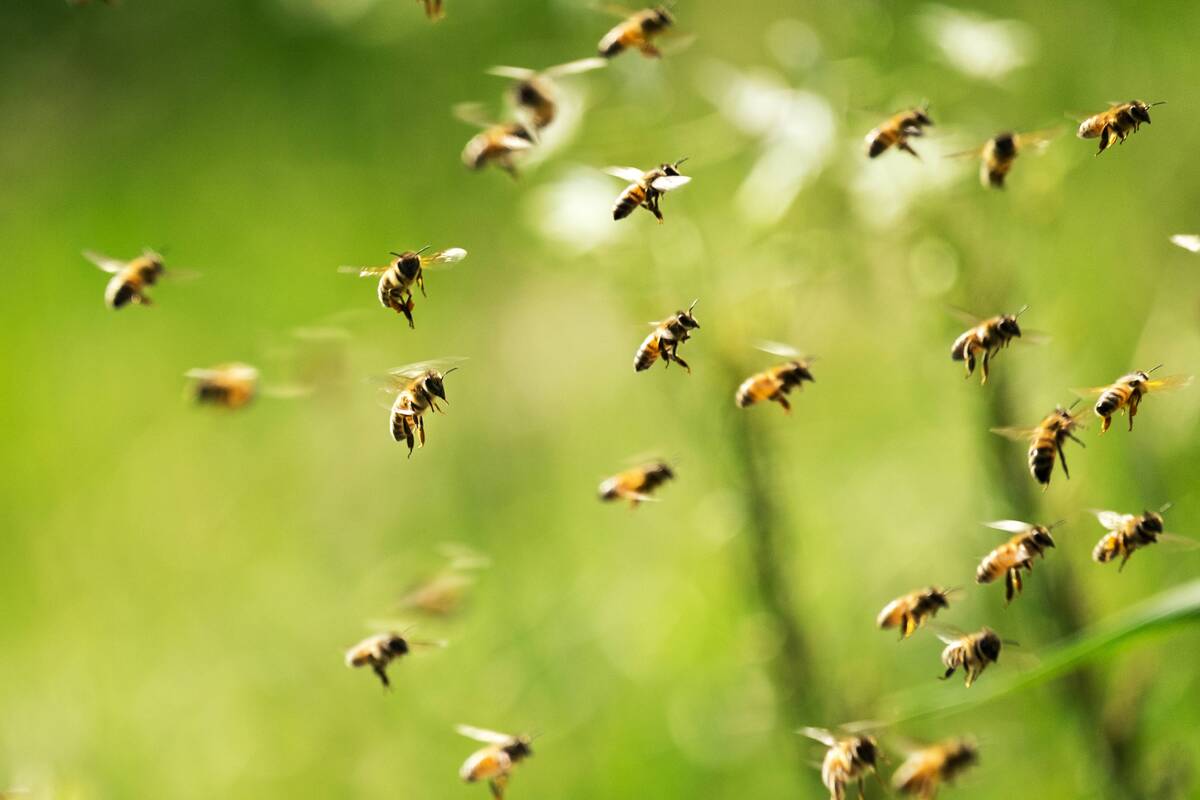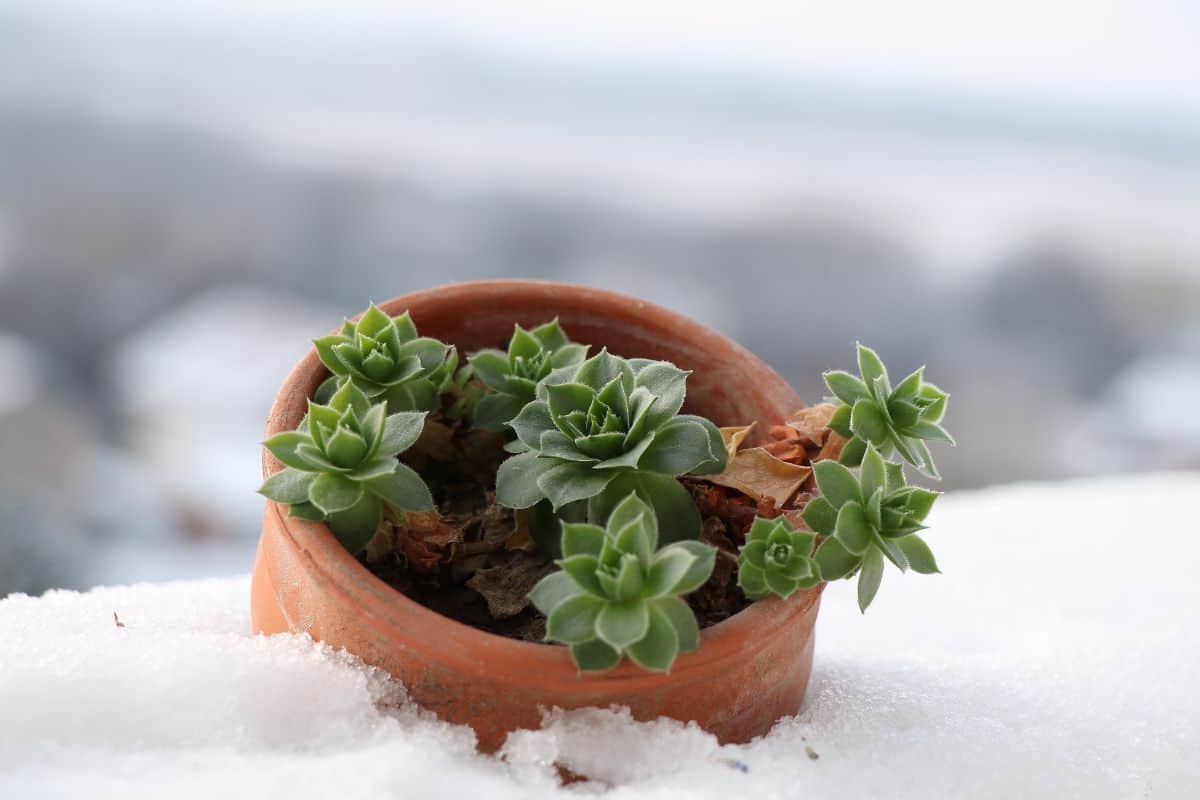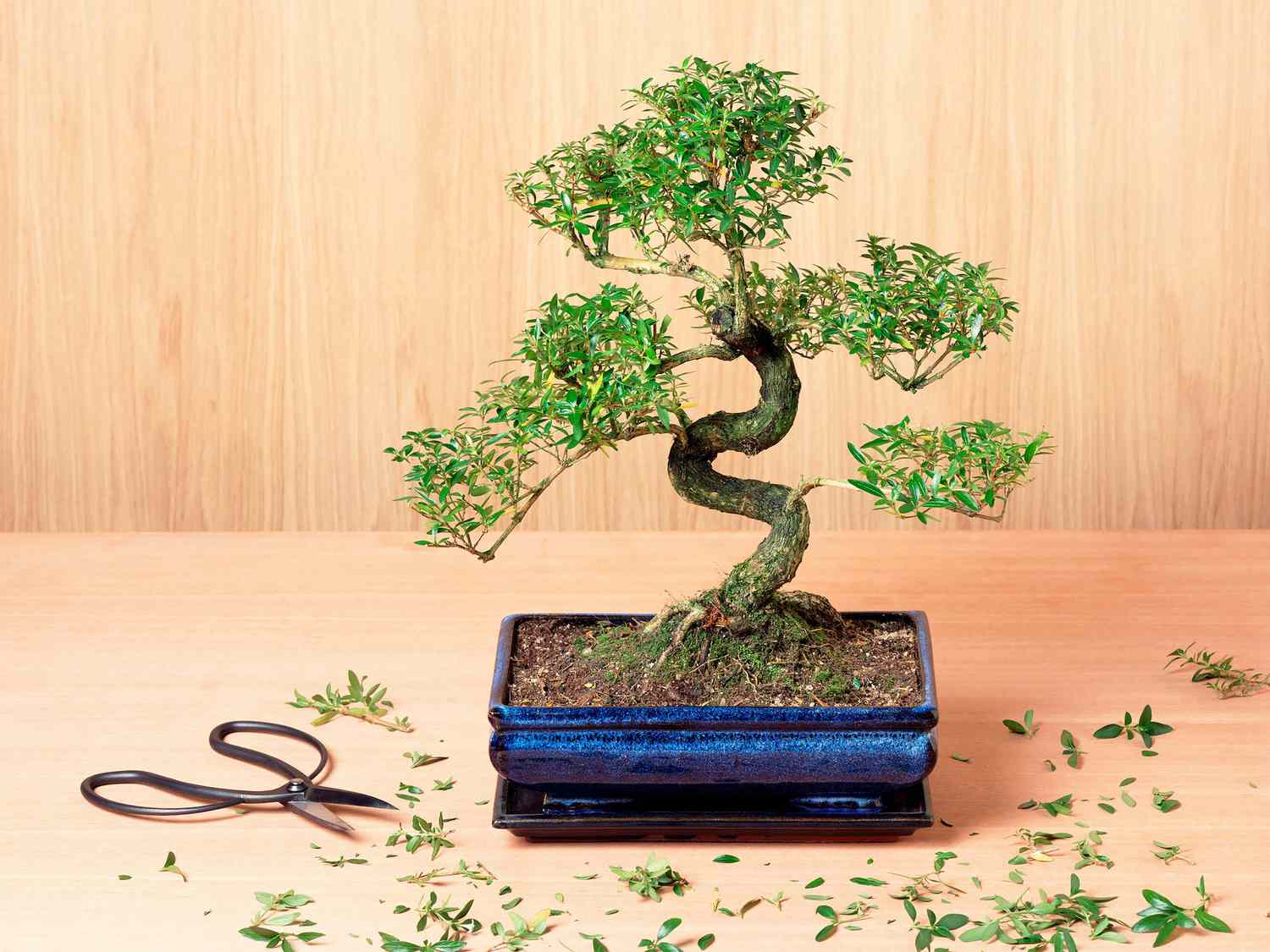Home>Gardening Techniques>Seasonal Gardening>What To Do With Bonsai In Winter


Seasonal Gardening
What To Do With Bonsai In Winter
Modified: January 22, 2024
Discover essential tips for caring for your bonsai during the winter season. Keep your bonsai healthy and thriving with our seasonal gardening guide.
(Many of the links in this article redirect to a specific reviewed product. Your purchase of these products through affiliate links helps to generate commission for Chicagolandgardening.com, at no extra cost. Learn more)
Table of Contents
Understanding Bonsai Dormancy
Bonsai trees are a beloved and revered form of art and horticulture. These miniature trees, carefully cultivated and pruned, have a rich history dating back centuries in various cultures. Bonsai enthusiasts invest time, effort, and passion into nurturing these living masterpieces, and as the seasons change, so do the needs of these delicate trees. As winter approaches, it's crucial to adapt your care routine to ensure the health and vitality of your bonsai during the dormant season.
Understanding the concept of dormancy is pivotal in comprehending how to care for bonsai in winter. Dormancy is a natural state that many trees, including bonsai, enter during the colder months. It's a survival mechanism, allowing the tree to conserve energy and endure harsh weather conditions. As temperatures drop and daylight diminishes, bonsai trees gradually slow down their metabolic processes. This means the tree requires less water and nutrients, and its growth significantly decreases.
During dormancy, a bonsai's foliage might change color or even shed, which can be unsettling for novice caretakers. However, this is a normal response to the changing seasons and is not necessarily a sign of ill health. It's essential to recognize that your bonsai is not dying; it is simply adapting to the environmental cues signaling winter's arrival.
As a caretaker, your role shifts from promoting growth to providing the necessary support for your bonsai to endure the winter months. By understanding the nuances of dormancy and adjusting your care practices accordingly, you can ensure that your bonsai emerges from winter healthy and ready to thrive in the approaching spring.
Understanding Bonsai Dormancy
As winter approaches, it’s crucial to adapt your care routine to ensure the health and vitality of your bonsai during the dormant season. Understanding the concept of dormancy is pivotal in comprehending how to care for bonsai in winter. Dormancy is a natural state that many trees, including bonsai, enter during the colder months. It’s a survival mechanism, allowing the tree to conserve energy and endure harsh weather conditions. As temperatures drop and daylight diminishes, bonsai trees gradually slow down their metabolic processes. This means the tree requires less water and nutrients, and its growth significantly decreases.
During dormancy, a bonsai’s foliage might change color or even shed, which can be unsettling for novice caretakers. However, this is a normal response to the changing seasons and is not necessarily a sign of ill health. It’s essential to recognize that your bonsai is not dying; it is simply adapting to the environmental cues signaling winter’s arrival.
As a caretaker, your role shifts from promoting growth to providing the necessary support for your bonsai to endure the winter months. By understanding the nuances of dormancy and adjusting your care practices accordingly, you can ensure that your bonsai emerges from winter healthy and ready to thrive in the approaching spring.
Winter Bonsai Care Tips
Winter presents unique challenges for bonsai enthusiasts, but with the right care, your miniature trees can thrive even in the coldest months. Here are some essential tips to help you safeguard the health of your bonsai during winter:
- Monitor Temperature: It’s crucial to keep an eye on the temperature fluctuations in your bonsai’s environment. Sudden drops in temperature can be harmful, so consider using frost cloths or moving your bonsai to a more sheltered location when extreme cold is expected.
- Reduce Watering: As the metabolic activity of bonsai slows during dormancy, they require less water. Be mindful of overwatering, as this can lead to root rot. Check the soil moisture regularly, and only water when the soil is dry to the touch.
- Protect from Drying Winds: Cold, drying winds can dehydrate bonsai quickly. Shield your trees from harsh winds by placing them in a sheltered area or using windbreaks.
- Minimize Fertilization: During winter, bonsai trees do not need as many nutrients as they do during the growing season. Reduce or suspend fertilization to prevent stimulating new growth, which can be vulnerable to frost damage.
- Prune with Caution: While some light pruning can be done to maintain the shape of your bonsai, avoid heavy pruning during winter. Severe pruning can weaken the tree when it’s already in a dormant state.
By implementing these care tips, you can help your bonsai navigate the challenges of winter and emerge healthy and resilient when spring arrives.
Protecting Bonsai from Frost
Frost poses a significant threat to bonsai trees during winter, potentially causing irreparable damage if proper precautions are not taken. Here are essential measures to protect your bonsai from frost:
- Choose Suitable Species: If you live in an area with harsh winters, consider selecting bonsai tree species that are more resistant to frost. Species such as junipers, pines, and spruces are better equipped to withstand colder temperatures.
- Provide Adequate Shelter: During particularly cold nights, move your bonsai to a sheltered location, such as a garage or shed, to shield them from the full brunt of frost. Alternatively, use frost cloths or blankets to cover the trees, providing an extra layer of insulation.
- Utilize Heat Sources: For added protection, consider using gentle heat sources, such as incandescent bulbs or heat mats, in the vicinity of your bonsai. These can help raise the ambient temperature and prevent frost from forming on the trees.
- Avoid Afternoon Sun: While it’s essential to provide adequate light for your bonsai, be cautious of exposing them to direct afternoon sun during winter. This can cause rapid thawing, leading to potential damage as the temperature drops again in the evening.
- Monitor Moisture Levels: Frost can exacerbate issues related to overwatering, as the frozen soil prevents proper drainage. Be vigilant in checking the moisture levels of your bonsai to prevent waterlogged roots, which are more susceptible to frost damage.
By implementing these protective measures, you can safeguard your bonsai from the detrimental effects of frost, ensuring that they remain healthy and resilient throughout the winter months.
Watering Bonsai in Winter
Proper watering is crucial for the health of bonsai trees, especially during the winter months. While it’s essential to ensure that your bonsai does not dry out, overwatering can be equally detrimental. Here’s how to navigate the delicate balance of watering your bonsai in winter:
- Monitor Soil Moisture: Check the moisture level of the soil regularly by inserting a chopstick or a moisture meter into the soil. Water only when the top layer of soil feels dry to the touch, as bonsai trees require less water during dormancy.
- Use Room Temperature Water: Avoid using very cold water when watering your bonsai in winter, as this can shock the roots. Opt for room temperature water to prevent temperature-related stress on the tree.
- Adjust Watering Frequency: As the metabolic activity of bonsai slows down in winter, they require less frequent watering. Be mindful of the tree’s specific needs and the environmental conditions to determine the appropriate watering schedule.
- Consider Humidity Levels: Indoor bonsai trees may experience drier air during winter due to indoor heating. To mitigate this, consider using a humidity tray or a room humidifier to maintain suitable moisture levels around the tree.
- Observe Drainage: Ensure that your bonsai pots have adequate drainage to prevent waterlogging, which can lead to root rot. If excess water accumulates in the saucer or tray, carefully remove it to maintain proper drainage.
By paying close attention to your bonsai’s watering needs and making adjustments based on the seasonal changes, you can help your trees thrive during winter and prepare for a healthy resurgence in the spring.
Pruning and Wiring Bonsai in Winter
Winter is a time of dormancy for bonsai trees, and as such, it requires a cautious approach to pruning and wiring. While the growth of bonsai slows down during this season, there are still certain tasks that can be undertaken to maintain the health and aesthetics of your trees:
- Light Pruning: Winter is an opportune time for light pruning to remove any dead, diseased, or crossing branches. This practice helps maintain the overall shape and health of the tree while minimizing stress on the bonsai.
- Deferred Heavy Pruning: It’s advisable to postpone any major structural or heavy pruning until the tree is actively growing in spring. Severe pruning during dormancy can weaken the tree and impede its ability to recover effectively.
- Wiring Considerations: If wiring is necessary to shape the bonsai, it should be approached with caution during winter. The branches of a dormant tree are more brittle and susceptible to damage, so any wiring should be gentle and applied with careful consideration of the tree’s response.
- Monitor Wound Healing: Any pruning wounds or wire marks on the tree should be regularly monitored during winter. While the tree’s healing process is slower in the cold months, it’s essential to ensure that wounds do not become infected or hinder the tree’s recovery.
- Observe Tree Response: Pay close attention to how the bonsai responds to any pruning or wiring activities during winter. If the tree shows signs of stress or slow recovery, refrain from further intervention and allow it to rest until spring.
By approaching pruning and wiring with care and mindfulness of the tree’s dormancy, you can contribute to the well-being and future vitality of your bonsai, setting the stage for a flourishing growing season ahead.
Winter Storage Options for Bonsai
For bonsai enthusiasts in regions with particularly harsh winters, providing adequate protection for their trees is essential. Winter storage options offer a way to shield bonsai from the extreme cold and ensure their survival during the dormant season. Here are several storage methods to consider:
- Unheated Garage or Shed: Storing bonsai in an unheated garage or shed provides a sheltered environment that shields them from the full force of winter weather. It’s important to ensure that the storage area maintains a consistent temperature to prevent temperature fluctuations that can harm the trees.
- Heated Greenhouse: A heated greenhouse offers a controlled environment where bonsai can be protected from freezing temperatures while still receiving adequate light. This option is particularly beneficial for sensitive species that require a more temperate climate.
- Cold Frame: A cold frame provides a compromise between outdoor and indoor storage. It shields bonsai from the harshest weather while allowing them to experience some degree of natural outdoor conditions, aiding in their dormancy process.
- Indoor Storage: Bringing bonsai indoors for the winter is a popular choice for enthusiasts with limited outdoor space or in areas with extremely cold climates. Providing adequate light and humidity indoors is crucial for the well-being of the trees during their dormancy.
- Insulated Boxes or Trenches: For bonsai planted in the ground, insulated boxes or trenches can be used to protect the root systems from freezing temperatures. This method is particularly useful for larger, landscape-style bonsai that are not easily moved indoors.
When selecting a storage option, it’s vital to consider the specific needs of your bonsai species and the local climate. By choosing the most suitable storage method, you can ensure that your bonsai remain healthy and well-protected throughout the winter, ready to flourish when spring arrives.




